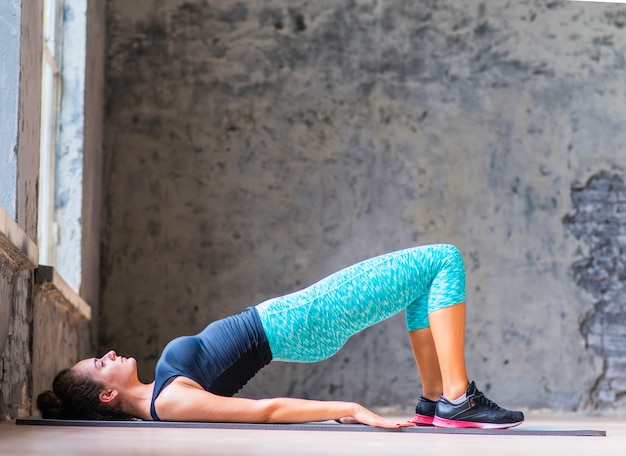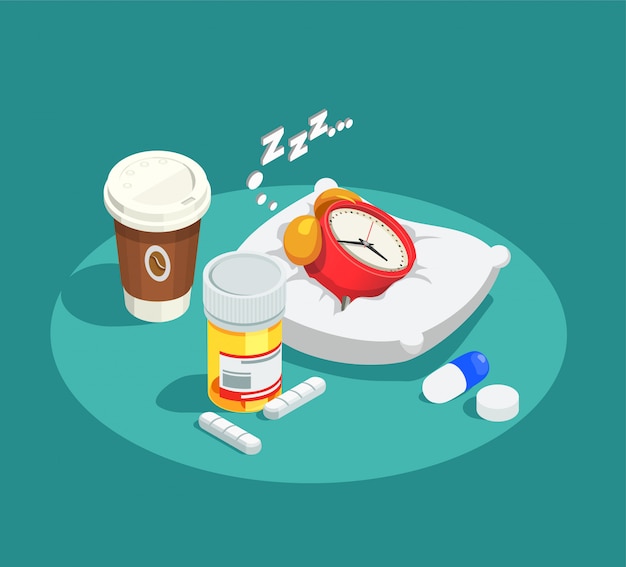Hormonal imbalances can affect energy, mood, weight, sleep, and overall well-being. The good news? You don’t need a full gym, expensive supplements, or hours of free time to support your body’s natural balance. With smart, accessible strategies—especially those involving movement and lifestyle tweaks—you can make meaningful progress, even with a packed schedule.
This guide explores 18 practical, research-informed ways to balance your hormones using minimal gear and time. These methods integrate seamlessly into real life and are built around functional movement, stress resilience, and daily habits that matter.
Hormones like cortisol, insulin, estrogen, testosterone, and thyroid hormones regulate nearly every bodily function. When they're out of sync, you might experience fatigue, weight gain, irritability, poor sleep, or low libido. Lifestyle factors—especially stress, inactivity, poor sleep, and diet—play a major role in hormonal health.
The key is consistency, not intensity. Small, sustainable actions often yield better long-term results than extreme routines.
Just 10–15 minutes of bodyweight exercises like squats, lunges, push-ups, and planks can regulate insulin and cortisol. These movements build muscle, improve glucose metabolism, and reduce stress hormones.

Poor sleep disrupts melatonin, cortisol, and leptin (the satiety hormone). Aim for 7–9 hours nightly. Keep a consistent sleep schedule, reduce screen time before bed, and create a dark, cool sleeping environment.
Deep, diaphragmatic breathing activates the parasympathetic nervous system, reducing stress hormones. Try 4-7-8 breathing (inhale 4 seconds, hold 7, exhale 8) for 3–5 minutes daily.
Dehydration stresses the body and elevates cortisol. Start your day with a glass of warm lemon water to support liver detoxification and hydration.
A 10-minute walk after eating helps regulate insulin and blood sugar. No equipment needed—just your shoes and a safe path.

Eating slowly and without distractions improves digestion and hormone signaling. Chew thoroughly and stop when 80% full to support leptin and ghrelin balance.
Resistance bands are portable and effective for building lean muscle, which helps regulate insulin and sex hormones. Perform banded rows, glute bridges, and lateral walks 2–3 times per week.
Blue light from screens suppresses melatonin. Use night mode on devices or wear blue-light-blocking glasses after sunset to support sleep hormones.
Simple balance exercises—like standing on one leg or heel-to-toe walks—engage the nervous system and reduce cortisol. Do them while brushing your teeth or waiting for coffee.
Starting the day with protein (eggs, Greek yogurt, tofu) stabilizes blood sugar and supports dopamine and serotonin production, improving mood and energy.
Excess sugar spikes insulin and disrupts leptin. Focus on whole foods—vegetables, legumes, nuts, and whole grains—to support hormonal harmony.
Ending your shower with 30–60 seconds of cold water may boost testosterone and improve circulation. It also builds resilience to stress.
Gentle stretching reduces muscle tension and lowers cortisol. Even 5 minutes of child’s pose or cat-cow can make a difference.

The gut microbiome influences estrogen and serotonin. Eat fiber-rich foods like oats, apples, and flaxseeds to support detoxification and hormone metabolism.
Climbing stairs is a quick, effective way to boost endorphins and improve insulin sensitivity. It’s functional fitness that fits into daily routines.
Both substances can disrupt cortisol, estrogen, and sleep hormones. Moderation is key—consider herbal teas as alternatives.
Writing down three things you’re grateful for daily can lower stress hormones and improve emotional regulation over time.
A consistent evening routine—reading, light stretching, dimming lights—signals your body to produce melatonin. This supports deep, restorative sleep and hormonal recovery.
Balancing hormones doesn’t require drastic changes. The most effective strategies are simple, repeatable, and integrated into your existing life. By combining mindful movement, stress management, and smart daily habits, you can support your body’s natural chemistry—no gym membership required.
Start with one or two of these tips, build consistency, and gradually add more. Over time, these small actions create lasting hormonal balance and improved well-being.

Wellness

Wellness

Wellness

Wellness

Health

Health

Wellness

Wellness

Fitness

Wellness

Wellness

Wellness

Health

Fitness

Health

Health